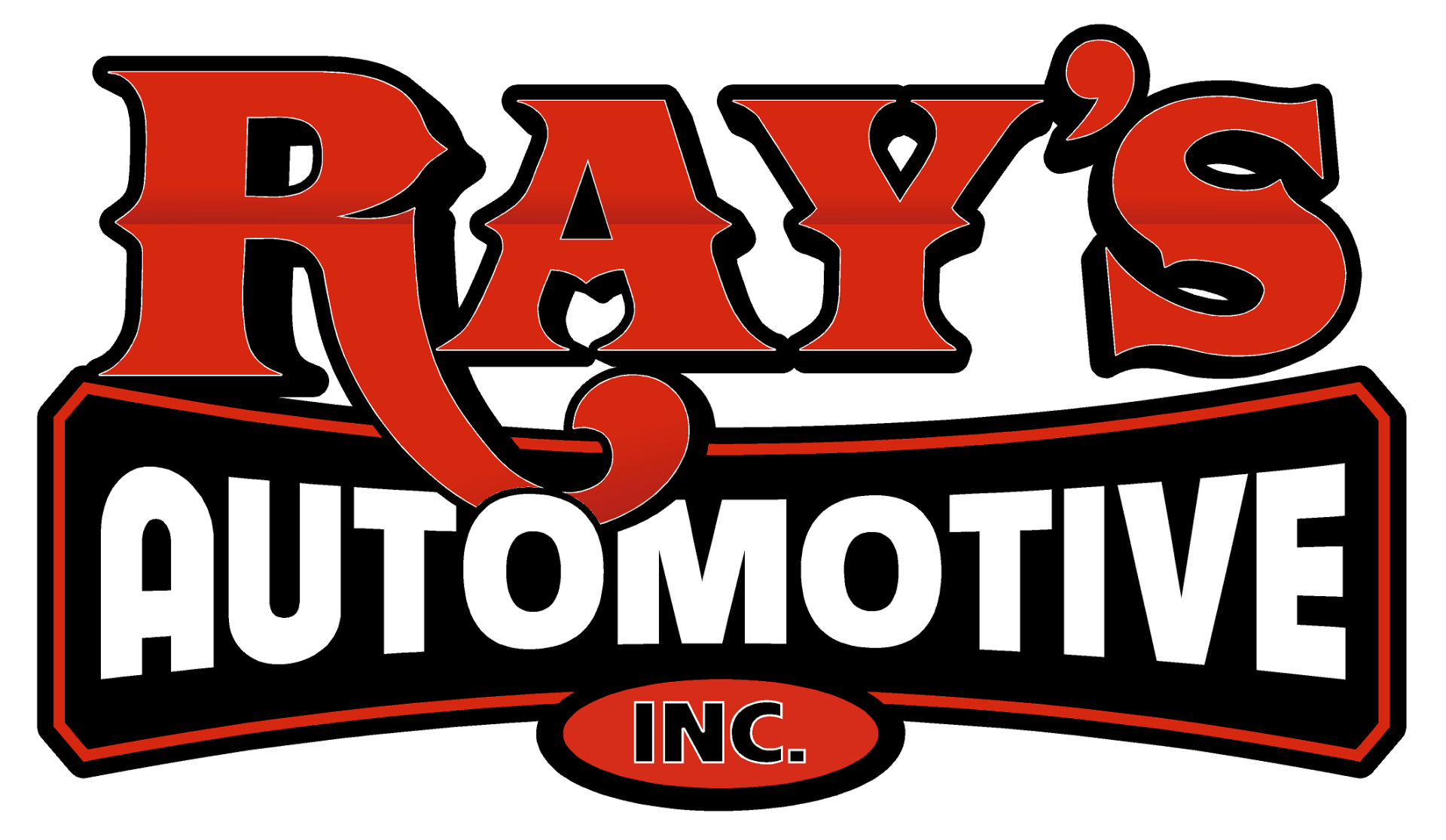What Is the Difference between Aftermarket and OEM Vehicle Parts?
When your vehicle is in need of repair, the insurance company has the option according to CT State law to use aftermarket instead of OEM replacement parts. OEM are made by manufacturer of your vehicle. Aftermarket parts are made similarly, but not made by the manufacturer of your vehicle. But which one is the best choice for your vehicle?
What Are OEM Parts?
OEM stands for Original Equipment Manufacturer. The parts are designed and made directly for the car manufacturer. Since they are made by the manufacturer to fit the specifications of a make and model of car, they will fit your car pretty perfectly. OEM parts are also crash-tested, unlike many aftermarket parts. OEM products are endorsed by the automaker and are often significantly more expensive. If you want OEM parts but the insurer that you are using wants the shop to use aftermarket parts, you can ask to pay the difference.
There are pros and cons of choosing to use OEM parts for your car.
Pros:
- Have a superior replacement fit
- Easy and simple to choose
Cons:
- Substantially higher cost
- Limited availability
What Are Aftermarket Parts?
Aftermarket (AM) parts are any parts for a vehicle that are not sourced from the vehicle manufacturer. The AM manufacturer attempts to duplicate the OE part without infringing on patents. AM parts come in two varieties: certified and uncertified. Parts that are certified have been checked for quality by an independent company. Most insurance companies only allow certified AM parts to be substituted for OEM parts during repairs. For some parts, AM vendors have the hindsight advantage of the experienced issues with OE parts, thus allowing them to make a product free from these issues.
Unfortunately many vehicle manufacturers state their warranty coverage is void if AM replacement parts are used. The argument is that AM parts do not have the quality of OEM parts, but both OEM and AM parts have issues and require replacement. If OEM parts did not have quality issues, vehicles would never need repairs since they all start with OE parts. Also consider the OEM's perspective, if you use AM replacement parts, OEM's lose the money you would have paid for OEM parts.
Pros:
- Lower cost
- Potential to have better quality
- Variety of parts
Cons:
- Risk of worse quality
- Extra selection
Which Is a Better Option?
Of course, the answer to this question can depend on the type of vehicle you have, the parts you need, and your personal preference too. AM parts for popular models like a Honda Accord tend to have great quality since they are made and sold in large volumes.
A body shop may opt for all OEM parts because they cost more and the body shop makes a percentage on the total cost of parts. All increased costs come back to the consumer even if you are using your insurance company to pay the bill, since the total cost of the claim will be used by the insurance company when increasing your premium the following year.
Choose Ray's Automotive for Quality You Can Trust
When it comes to collision repairs, expertise and quality parts make all the difference. At Ray's Automotive, we’re committed to restoring your car to its pre-accident condition using only the best parts and techniques. Trust our experienced team to deliver exceptional results and ensure your peace of mind. Contact us today for a free estimate.



